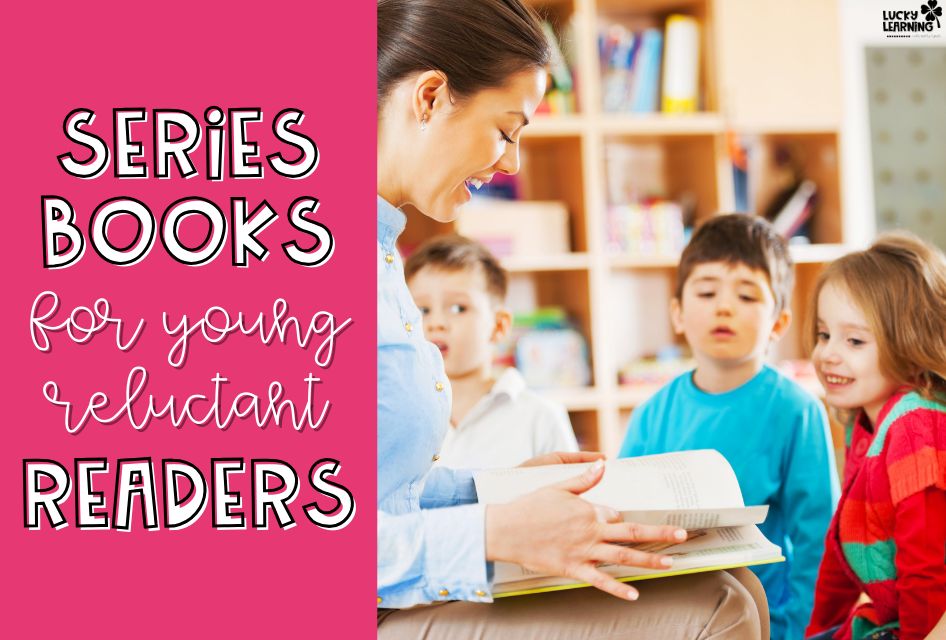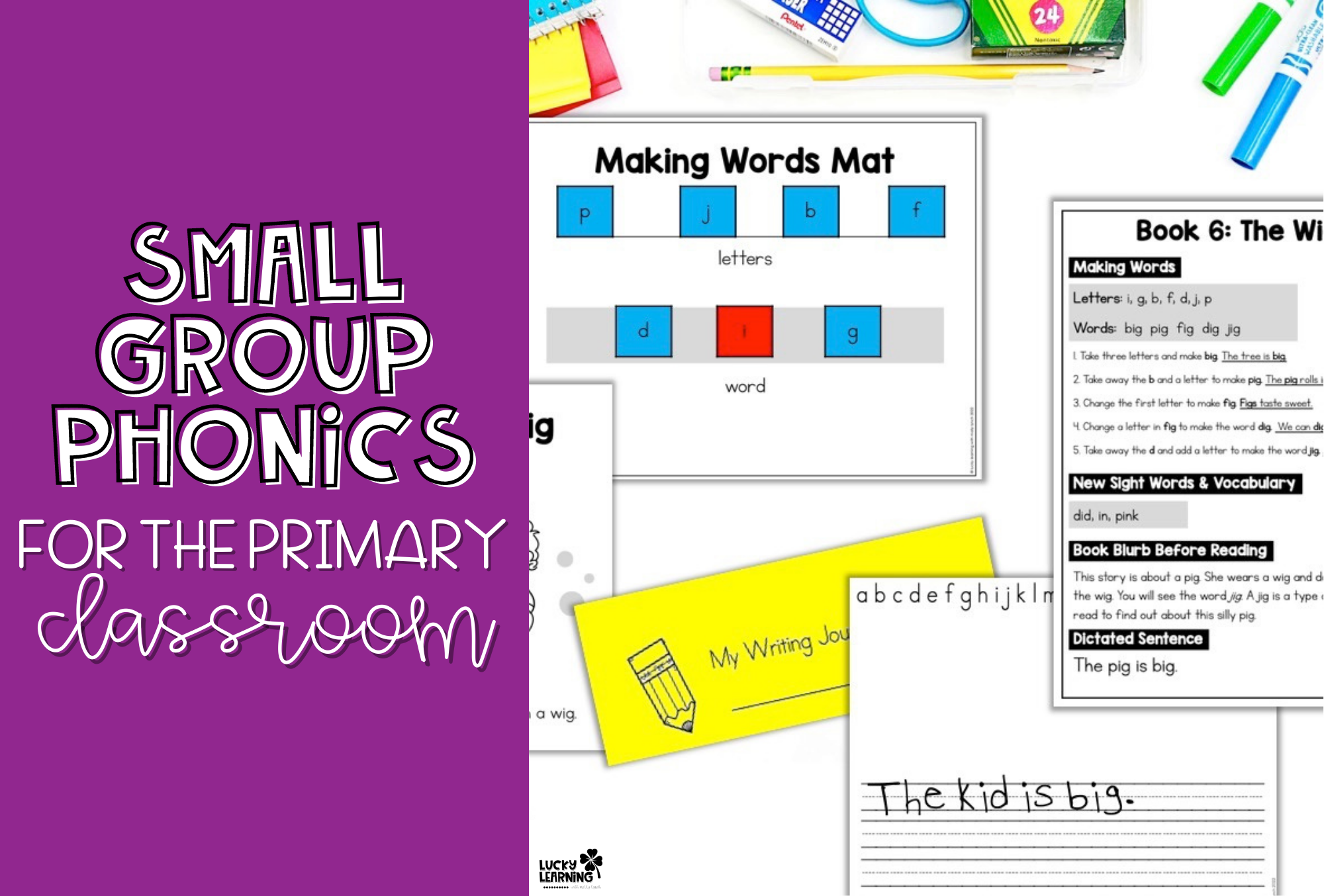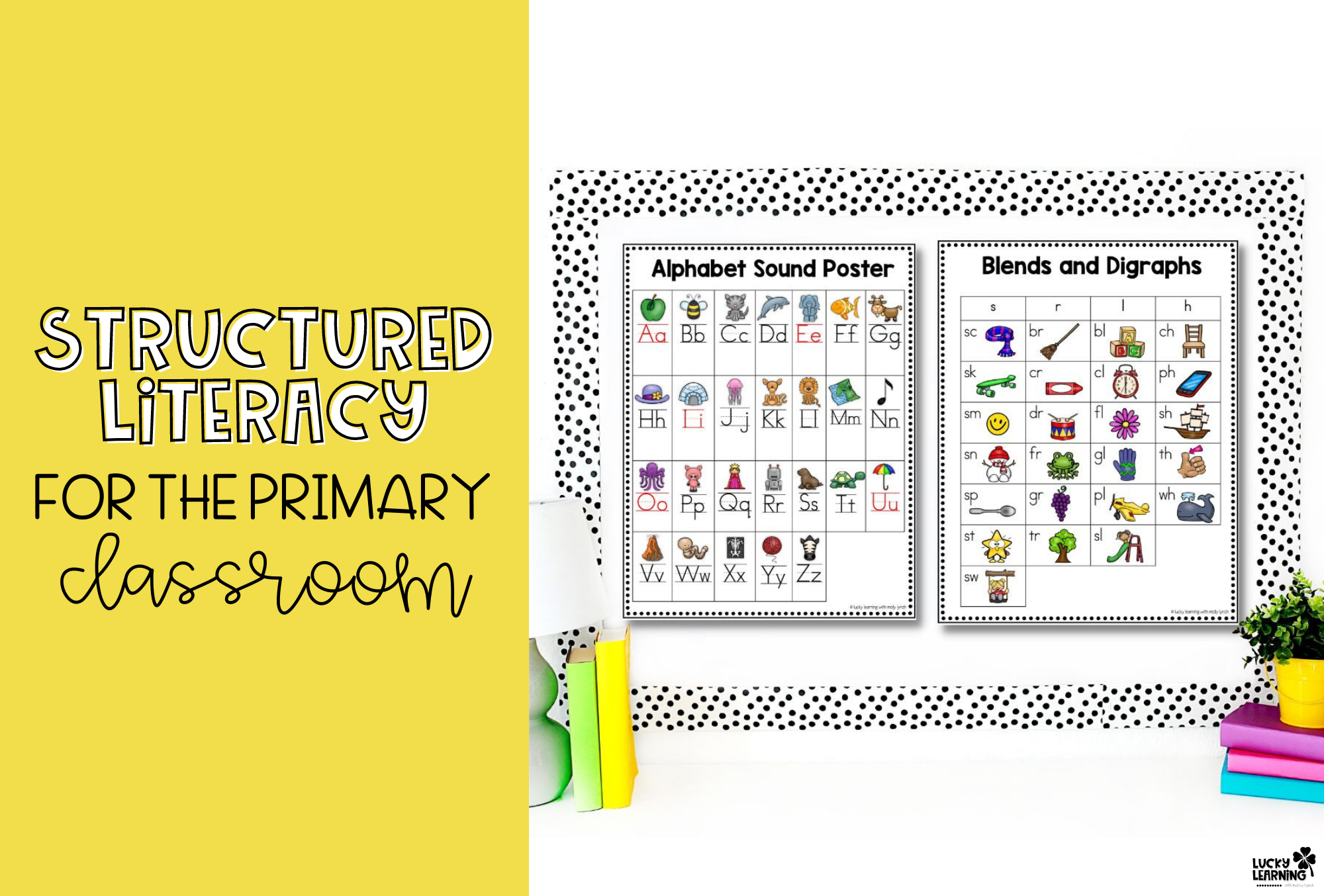There has been a lot of back and forth about whether phonics is the best way to teach reading in early elementary. Trust me: when it comes to reading, it’s so important to understand why phonics matters in early elementary classrooms.
Of course, phonics is an important tool to help students learn to read in the early elementary years. Overall, it is a systematic approach to teaching reading that helps children develop the skills needed to decode words and identify them on sight. All in all, phonics is a winning strategy to teach reading.
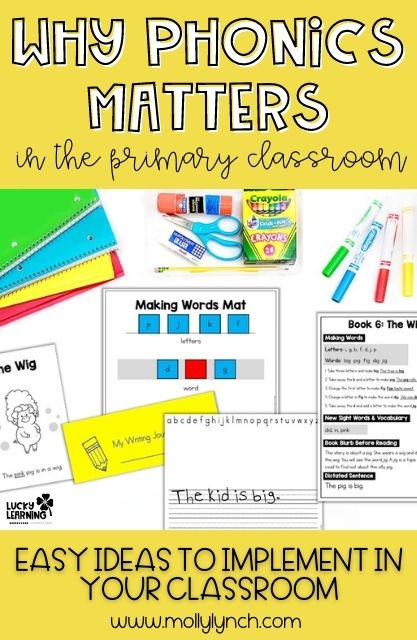
Phonics and Sight Words
I love teaching reading with phonics! First, phonics is a great tool to help beginning readers understand the relationship between letters and sounds. Through phonics instruction, your kids read words by sounding out the letters and applying the rules of the English language. It’s where I always start!
Next, as they become more confident readers, students recognize and read sight words, which are words that are not spelled phonetically but learned through memorization (“the”, “a”, “of”). By learning both phonics and sight words, children are prepared to tackle more complex words and begin reading with fluency and independence.
There are so many activities to help your early elementary students with sight words.
Related Product: Synonyms Posters for the Classroom
Sight Word Books
First, I love using sight word books with Fry and Dolch words. These books have word lists and even editable files to make your own word lists.
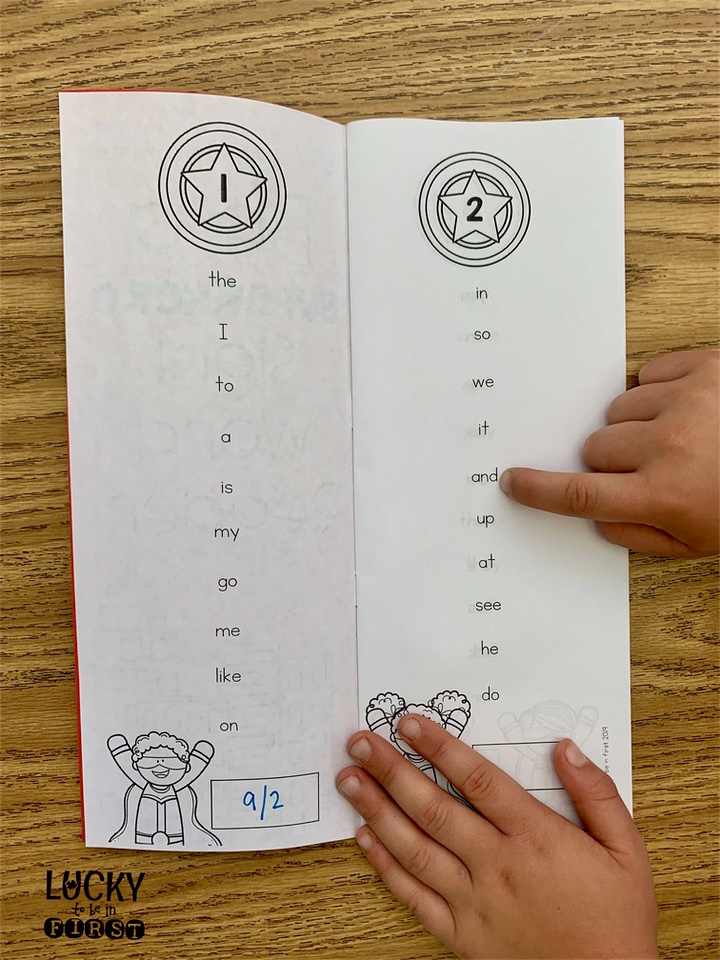
With a superhero theme, your students can fly high while practicing their sight words. I’ve made it super easy to get these up and going. You can read more about the specifics here!
Related Reading: Top Parts of Speech Games
Sight Word Mats
Next, I bring out the word mats! Who doesn’t love Legos? My sight words word mats use Legos and building blocks to help students with phonics, sight words, and fine motor skills!
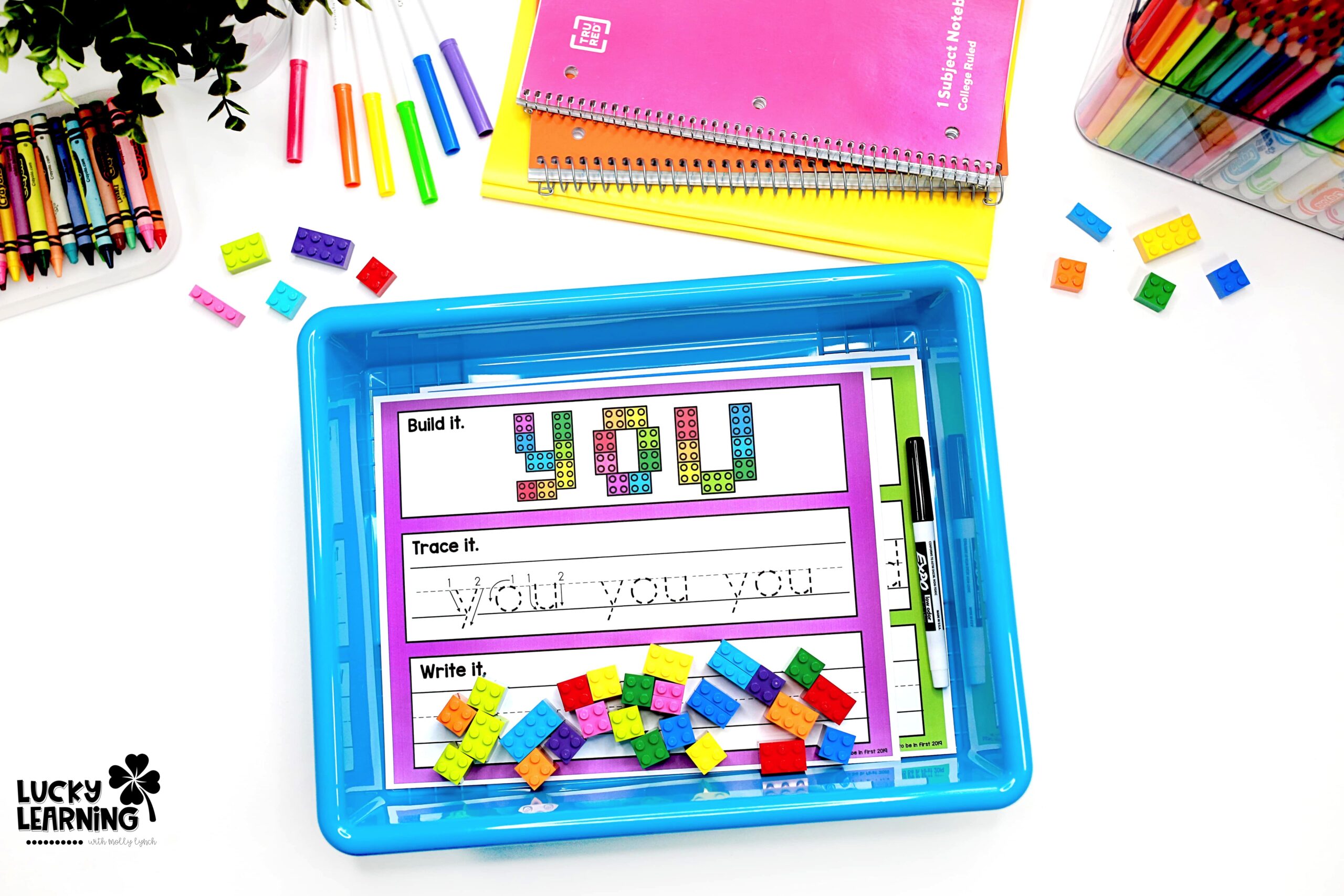
Get ready to introduce sight words to your early readers!
And if you want a second tactile way to practice sight words, you can check out these Snap Cube Sight Word Mats, too!
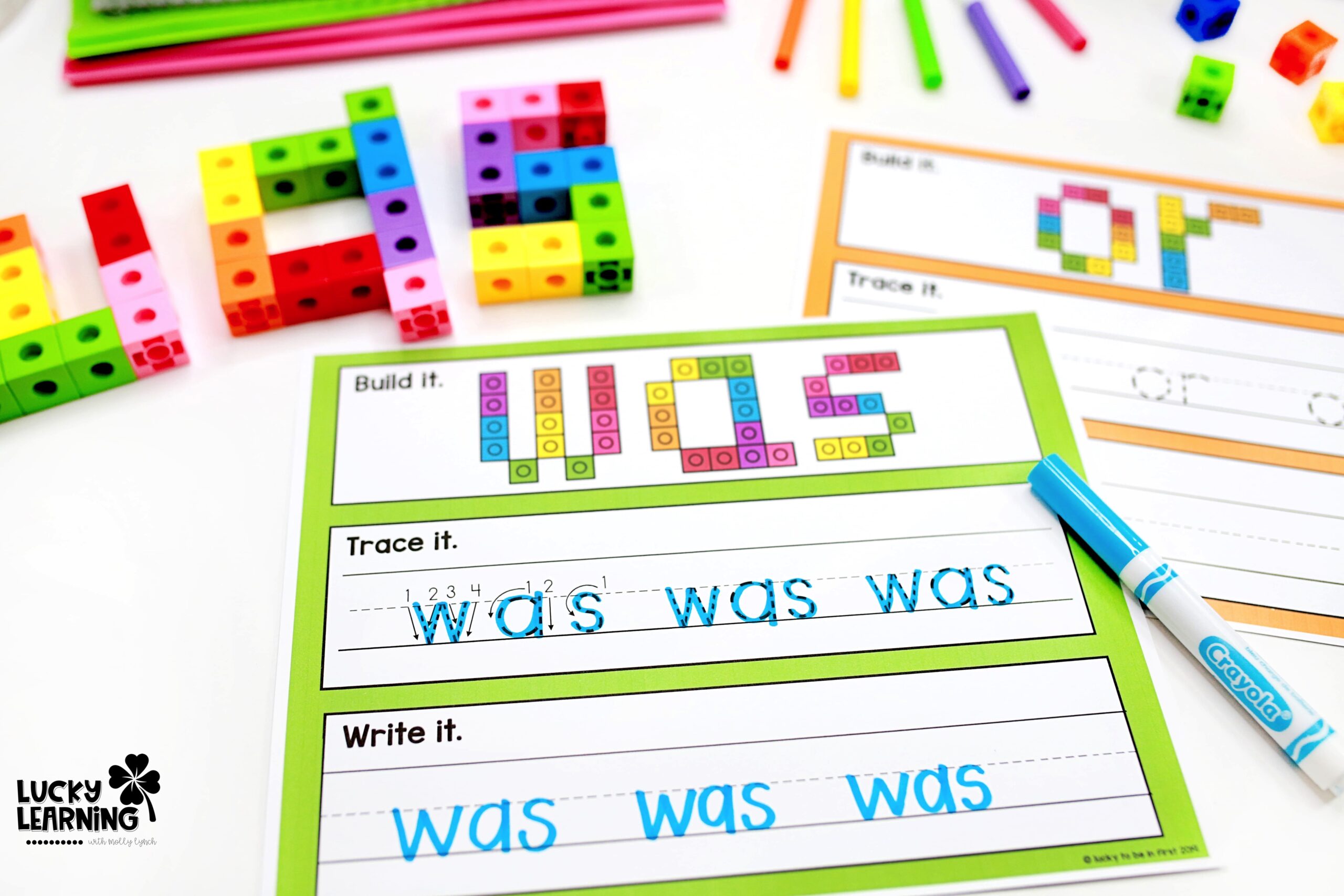
Phonics and Reading Comprehension
In addition, phonics helps students learn to read and is a great tool for improving reading comprehension. Through phonics instruction, children identify root words and prefixes/suffixes, which helps them to better understand the meaning of unknown words. Of course, phonics also helps to develop phonemic awareness, which is the ability to recognize, hear, and manipulate the sounds of language.
Related: Short Vowel Games & Activities
Next, phonics provides the foundation for reading comprehension. Of course, once students get the phonics basics, they use the skills they’ve learned to sound out longer words and understand more complex sentences. This will increase their fluency and comprehension in all subjects. Yep…phonics helps your kids in social studies, science, and even math! It’s not just about the reading block.
First, try these reading comprehension and phonics games. Beat the clock with all of my favorite digital-timed phonics games! These digital phonics games. Your early elementary students learn all things about decoding words and learning sounds to help them become better readers and comprehend what they read. Of course, the bundle has every phonics game you could need in your classroom!
- • Beginning Sounds
• Ending Sounds
• Short Vowels
• Long Vowels
• L-Blends
• S-Blends
• R-Blends
• Beginning Digraphs & Ending Digraphs
• Trigraphs
• Silent Letters
• Contractions {Editable Files included!}
• Syllables
• R-Controlled Vowels
• Rhyming Words
• Ending R-Blends
• Ending T-Blends
• Ending S-Blends
• Parts of Speech
• Synonyms
• Antonyms
Related: Ending Sounds Games
Phonics and Love of Reading
Finally, phonics instruction helps create stronger readers. With practice, students become more confident and motivated readers. Of course, this helps cultivate a lifelong love of reading, which can open new worlds to students. In addition, phonics instruction is an invaluable part of early elementary classrooms, and it’s critical to developing strong readers.
Related Product: Short U Activities
Let your readers enjoy some books and also play some games to foster that love of reading through phonics!
I love playing phonics games in the classroom to get my students excited about learning sounds and building words.
We play phonics dice games. Students roll the dice and land on letters to fill in on their cards. Whether they are learning beginning or also ending sounds or everything in between, these games foster a love of reading through using phonics!
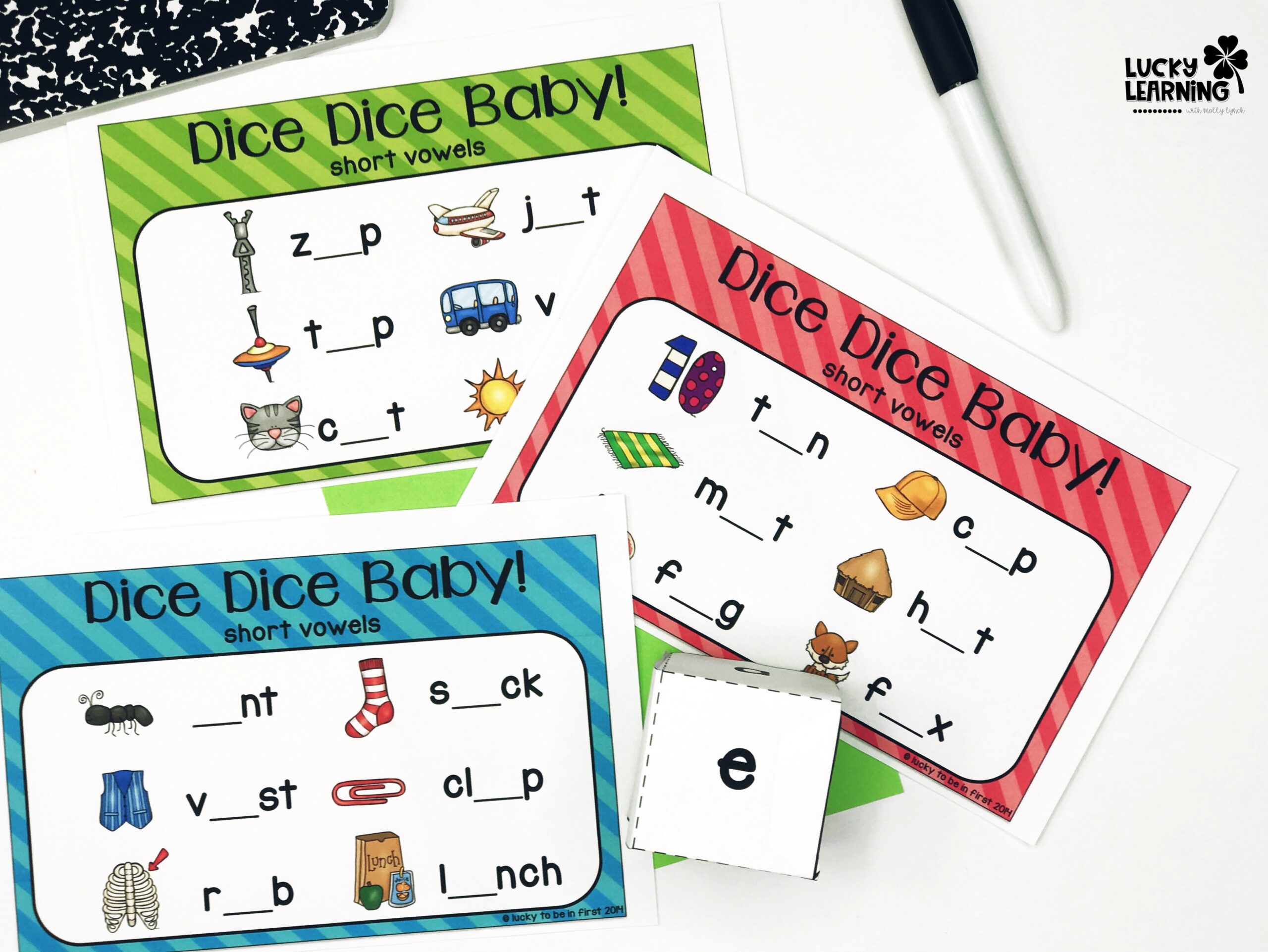
Overall, you know why phonics matters in early elementary classrooms. Of course, it’s all about learning sight words and sounds, reading comprehension, and falling in love with reading! What phonics activities will you use in your classroom to get your students ready to read?
Want to learn more about structured literacy in the classroom? Check out this post!
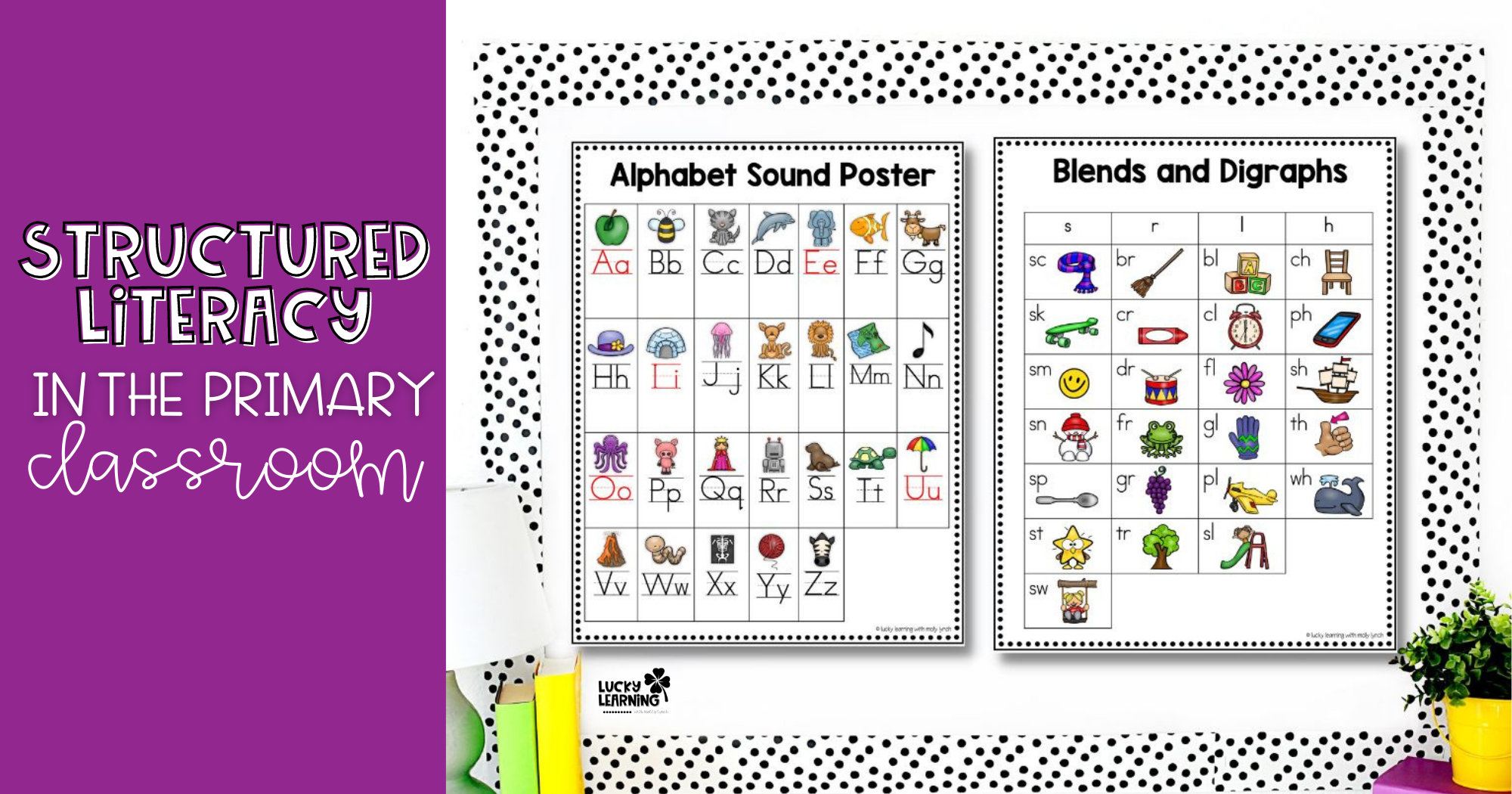
Related: R-Controlled Vowels Games


